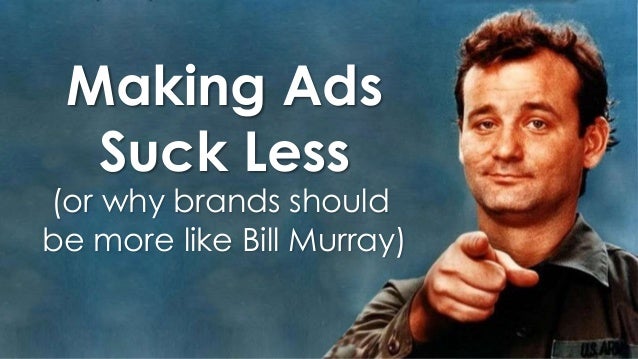But then a careless skier or snowmobiler comes along and carves ruts into the snow, leaving behind a scarred landscape that’s really tough to repair.
In some cases, this unthinking individual triggers a landslide that starts slowly, but gains momentum fast. Before you know it, your company’s reputation is plunging downhill and quickly roars out of control.
Unless you police the top of your mountain regularly – and have safety procedures in place early – you run the risk of losing your innocence really fast. And, once it’s gone, your business reputation is hard to get back.
A friend of mine once told me how his company, a dieting website, had discovered a series of negative food reviews on a third-party website. By the time this trash talk was discovered, it had grown into a substantial string of rambling complaints. Company officials rallied and decided to fight fire with fire.
The company’s social media director reached out to a dozen or so existing customers and asked each of them to write about their experiences with the company. Many of these customers – satisfied with the dieting website – responded to the request, posting their positive reviews on the site where the negative feedback had originally erupted.
The end result: the onslaught of positive reviews appeared at the top of the thread, successfully pushing the negative reviews “down” and out of sight – unless a reader scrolled quite a way through the deep snow.
A reactive strike can work, but you’re far better off being proactive in your push for positive online play.
I have had a hand in launching over 500 products. Not all have been greeted with ticker tape parades or It’s a Wonderful Life outpourings of love and devotion.
Over the years I’ve learned it’s better to craft the way the world is going to view you and your company (or product) than to sit back and hope the glowing reviews come rolling in.
Social media allows anyone with a bone to pick to launch an attack and shine an unflattering light on you and your business. The surge of social media is partly responsible for the fact that online reputation management (ORM) is now a $5 billion industry. There are hundreds of companies devoted to monitoring, repairing, improving, and policing the reputations of individuals and businesses.
If you build reputation building into your business plan, you can avoid the hassle and cost of reacting to a negative campaign down the road. Building a positive online reputation is critical for your business.
How many times have you rushed to Google or Bing to research a company or individual? When others head to the search engines to check you out, you want to do all you can to make sure the majority of what they find is positive in nature.
If you haven’t done this lately, Google your business name (and your name) and check out the first-page results. Congratulations, if what you find is accurate and positive in nature.
If the results are not so great, it’s time to get reactive and start working to fix the damage.
For startups and entrepreneurs, there are steps to take before you launch your business. A good creative approach can be:
- Create Google Alerts for your company, products, and top executives.
- Create social profiles on Twitter, Facebook, LinkedIn, Google+, YouTube, Tumblr, and Pinterest.
- Create a public relations strategy and use it frequently.
- Create positive postings for the major social media outlets.
- Create a YouTube channel and populate it early and often.
- Create an online forum and closely monitor what’s being posted there.
Here is what you don’t want to do – flood the web with phony news releases, accolades, awards, or customer reviews. A savvy consumer can smell a rotten egg very quickly; a savvy journalist can use that rotten egg to whip up a nasty omelet of negativity.
If you find yourself unable or unwilling to put up the good fight, then by all means turn to a respected reputation control company. But do your homework first. There are many firms anxious to make a buck on your best intentions.
As I said before, reputation repair is big business. The Wild West of the Internet allows people to roll into your town and trigger chaos – warranted or not. There has been a major jump in devious efforts to cast aspersions against good companies or good products. Frankly, it’s an easy thing to do.
What can you do if your online reputation has been damaged?
1. Own up to your indiscretions. You can’t be blindsided if you control the story from the start. Be honest and spell out the circumstances surrounding a blemish on your record or your company’s history.
2. Apologize. When you’re wrong, you’re wrong. And there’s nothing the public loves more than a public apology. Just be sure you sound sincere rather than defiant or defensive. Then get back to business and make sure there’s no more dirt to dig up.
3. Seek and destroy. We’re talking about the source of pain – not the competition or person who may have uncovered an issue with you or your company. It’s not always easy to have a damning post or video removed from the web, but it is in your best interest to work your butt off to do just that.
4. Take control. Review the creative strategy we laid out above and start working on it. The best way to polish a reputation is to do so on your own terms. Make sure you roll out positive news and content on a regular basis. It’ll make it harder for anyone with a grudge to ruin your reputation.
So, make today the day you take control of your good name and do all you can to prevent an avalanche of bad publicity. Like Richard Branson said: “Your brand name is only as good as your reputation.”
Article curated from Forbes









